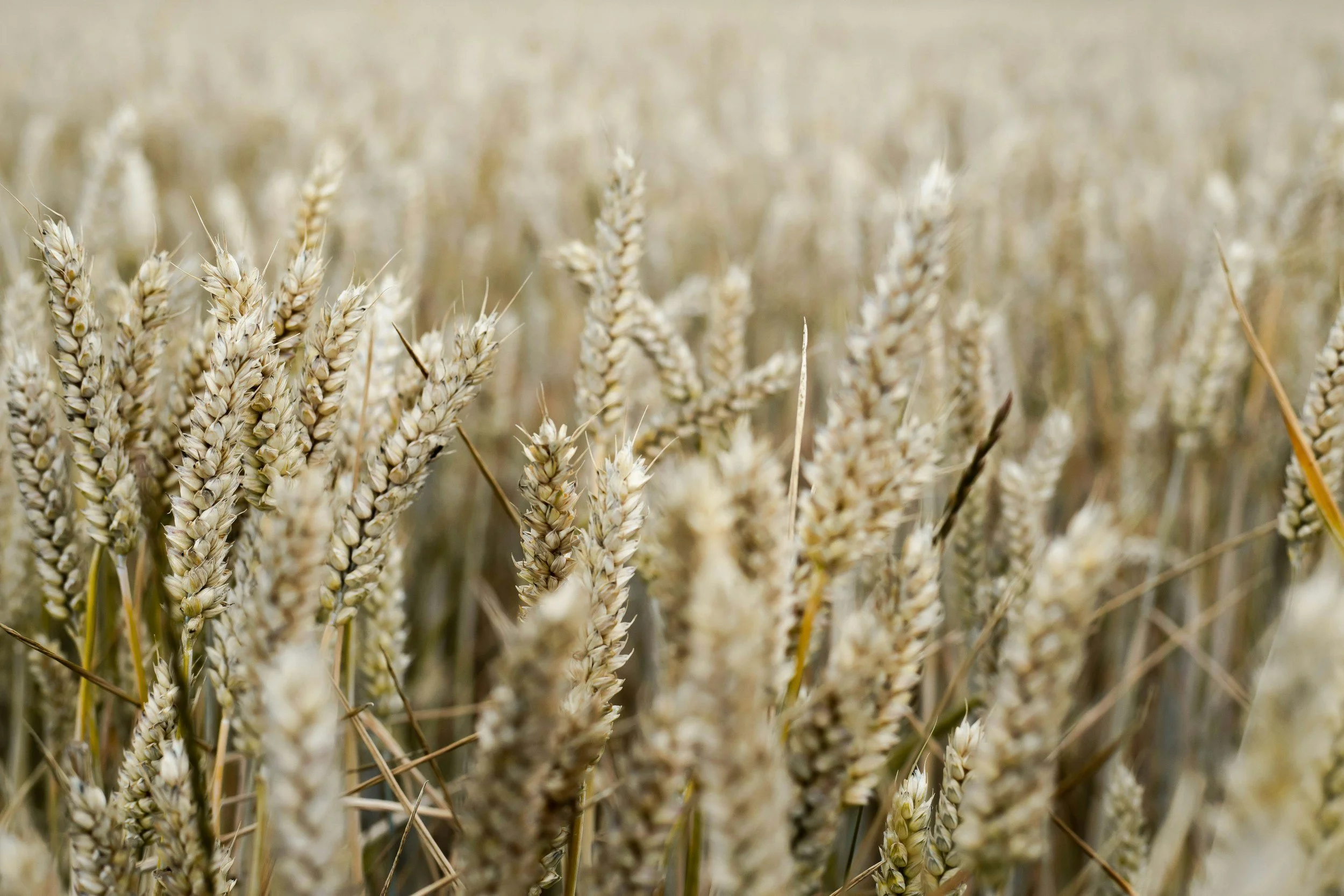Colloidal Oats
Why we love it at The Mindful Gem
Colloidal oats are a soothing, moisture-binding botanical beloved for their ability to calm irritation, soften the skin, and support barrier repair. Finely milled from whole oat kernels, they are rich in beta-glucans, avenanthramides, lipids, and antioxidants — compounds clinically shown to reduce redness, relieve itching, and restore hydration (Journal of Drugs in Dermatology, 2015, DOI: 10.36849/JDD.2015.14.1.58).
At The Mindful Gem, we use colloidal oat powder in our masks and gentle cleansing treatments to bring creamy softness, comfort, and protective nourishment to even the most delicate or reactive skin.
Plant Overview:
Oats (Avena sativa) are a hardy cereal grain cultivated across Europe, North America, and many temperate regions worldwide. They’ve long been cherished not only as a nutritious food but as one of nature’s most trusted skin-healing plants.
Plant Overview:
Oats (Avena sativa) are a hardy cereal grain cultivated across Europe, North America, and many temperate regions worldwide. They’ve long been cherished not only as a nutritious food but as one of nature’s most trusted skin-healing plants.
Parts Used & Traditional Uses:
The whole oat kernel is finely ground and processed into a water-dispersible powder.
Historically used in milk baths, poultices, and soothing skincare to calm eczema, irritation, and dryness — especially in Northern European traditions.
Skin Benefits & Mechanism:
Beta-glucans bind moisture and enhance hydration.
Avenanthramides calm redness and discomfort with natural anti-inflammatory action.
Lipids and proteins help repair and protect the skin barrier.
Creates a smooth, comforting texture ideal for sensitive skincare.
Key Benefits:
Deeply soothing + calming
Repairs + strengthens the barrier
Locks in hydration
Softens + comforts sensitive skin
Sources:
Fowler, J.F. (2015). “Colloidal oatmeal and skin barrier health.” Journal of Drugs in Dermatology. DOI: 10.36849/JDD.2015.14.1.58
Sur, R. et al. (2008). “Anti-inflammatory properties of avenanthramides.” Archives of Dermatological Research.
Nebus, J. et al. (2012). “Mechanisms of colloidal oatmeal in dermatology.” Clinical, Cosmetic and Investigational Dermatology.

